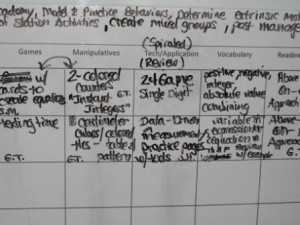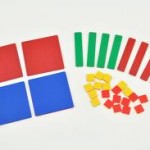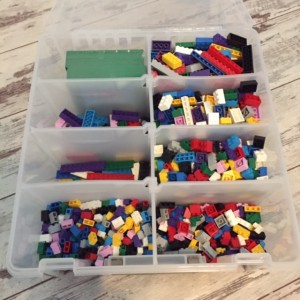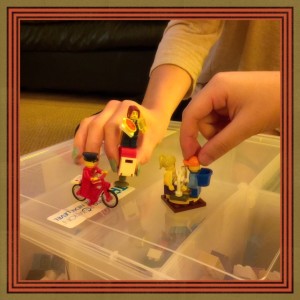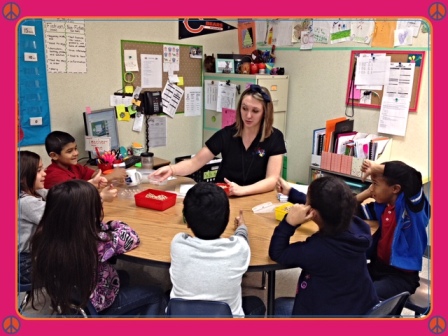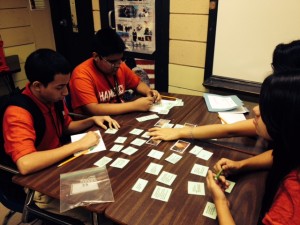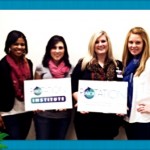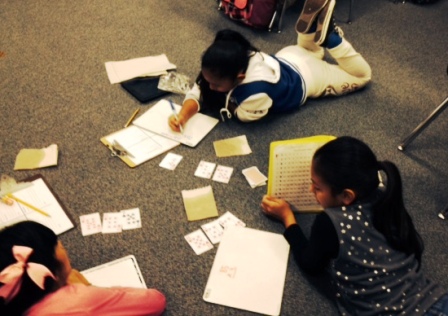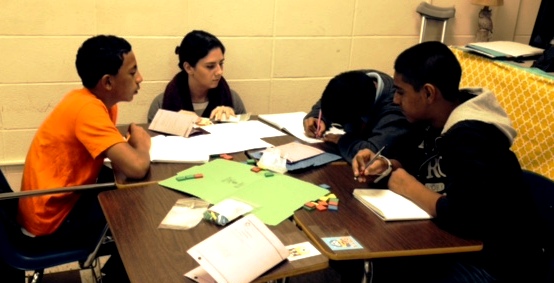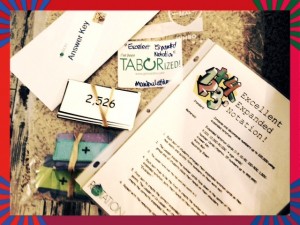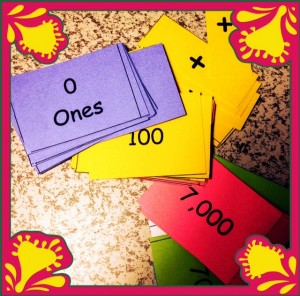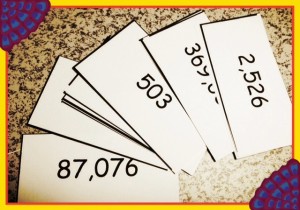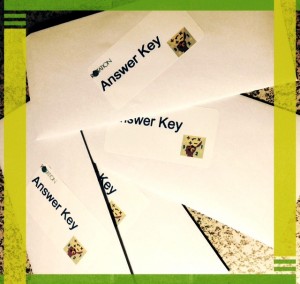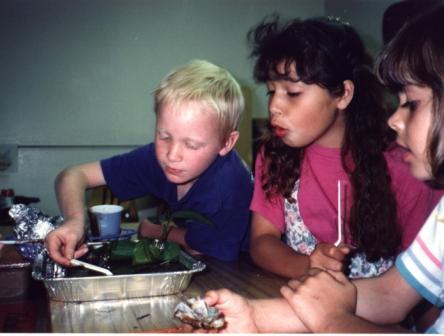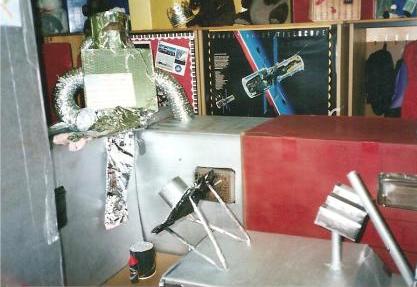How can I support the implementation of balanced, small-group, guided math instruction in my school?
How do I keep the momentum going after attending a Tabor Rotation Training?
How do I share my enthusiasm and expertise in an effective way?
These questions are asked quite frequently by teacher leaders, math coaches, administrators, and specialist who want to build the grass-roots movement of Tabor Rotation. These questions were also the catalyst for the creation of the Master Tabor Leader Institute: Igniting the Fire to Inspire.
A month later I met with the Master Tabor Leaders from one school. I was so impressed with the initiatives they began in their school and asked them to share their story.
A teacher’s perspective:
I am Kindergarten teacher in a large school district in Houston, Texas. Tabor Rotations Framework has been a part of my teaching for the past two years. I fell in love with Tabor Rotation the moment I heard about the framework in January, 2014. However, I did not fully implement everything until the following school year 2014-2015 and that’s when I began to see the powerful impact that small-group, guided instruction and math stations via Tabor Rotation.
My school was lucky enough to have Glenna Tabor mentor our school through the steps and procedures on how the 14 Essential Elements and 3 Phases of Tabor Rotation worked. She not only taught us about the framework and modeled the framework, but she fueled our fire for the framework. My students soared with their math concepts (over 90% passing), learned a variety of ways to complete problems, and became better prepared to think about the world. In fact, you can walk into my classroom right now during Tabor and my students will explain their roles, jobs, and the stations where they are currently working. Some doubt if this type of small-group, guided math works at the kindergarten level, but my students prove every day that it IS possible!
I am currently a presenter/host for “Tabor Check-Ins” at our school. Two of our school’s staff attended the Master Tabor Leader Institute in October, 2015. The Master Tabor Leader Institute is a full-day training of trainers in how to motivate, educate, inspire, and lead others in their school and district in the use of effective math instruction using Tabor Rotation.

The Tabor Check-Ins are designed to help teachers who just began or want to learn more about the framework to fully understand each essential element, how it all works, answer any questions, help with stations, and so much more. The Math Instructional Coach for our school and I have put together different meetings over some of the Essential Elements of Tabor Rotation such as Leadership Academy, Team Roles, and the Teacher Time Station.
During the “Tabor Check-Ins” we show, step-by-step how the element works and we demonstrate what it looks like. We also have a discussion about how teachers can use it in a variety of classrooms and at different levels. We have so much more planned to keep our teachers fired up and implementing Tabor successfully. In just a couple of meetings, I have seen teachers’ light bulbs going off and becoming brighter. I hope to keep this momentum going and deepen the teachers’ understanding and implementation of effective strategies throughout the year via this support tool.
Even though I have a full understanding of Tabor, I am always learning and perfecting the Essential Elements. I have gotten the awesome chance to work with Glenna Tabor side by side and grow with Tabor Rotations. She is my motivation and I strive to use that motivation to pass along to my teachers and students.
Like I tell all my teachers at my school, do not ever give up, Tabor works in many ways besides just Math. My students from both years learned how communities work by using the team roles as well as asking questions to get a full understanding. Tabor has changed me in so many ways. I hope it changes you just as much as it has for my students and my teachers.
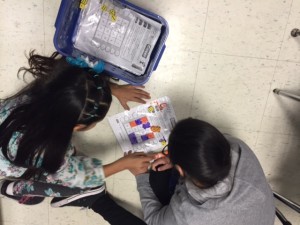
A principal’s perspective:
Tabor Rotation has allowed our teachers to instruct using a mini- lesson format with the entire class along with math workstations that promote leadership skills, student engagement and rigorous thinking. While at the math stations, teachers are able to work with small groups of students targeting ALL levels in the classroom. As an administrator, I always enjoy entering the classrooms during Tabor Rotation. Students are engaged in different learning activities as groups, allowing teachers the time they need to work with ¼ of the class at the Teacher Time Station.
Phase 2 of Tabor Rotation—Rotation to the Stations gives me amazing opportunities to talk to groups of students to see what they are learning that day. It is a great way to assess whether students understand what they are learning that week. The Tabor Rotation Framework also provides a structure for our newer teachers to follow. Most importantly, when they use Tabor Rotation, teachers are able to focus on the strengths and areas of growth of the students in the classroom.

Having two Master Tabor Leaders on campus has been such an asset! They are able to work with their colleagues by giving ideas and being a soundboard for fellow teachers in the classroom. They have both led “Tabor Check-Ins” that help our teachers stay focused on their goals for Math. The Master Tabor Leaders also observe the implementation of Tabor Rotation. They are always positive and give feedback in a non-threatening, supportive way. I look forward to building our Math community while continuing to use the Tabor Rotation Framework.



